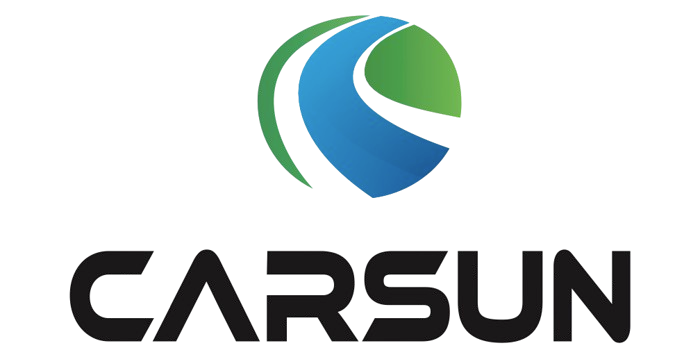What’s Inside Your Vehicle’s CAN Bus? Decoding OBD-II, J1939, and Beyond
Modern vehicles constantly transmit hundreds of real-time data messages across their internal networks, revealing critical insights about vehicle status, driving conditions, and diagnostic trouble codes. While some messages follow industry standards, most are proprietary to each automaker. To effectively capture this data, engineers rely on four key database types:
1. Generic OBD-II: The Universal Vehicle Language
Mandated for all cars and light trucks since 1996 (SAE J1979 standard), Generic OBD-II provides access to approximately 100 standardized parameters (typically 40+ available per vehicle).
Key Parameters Include:
- Engine RPM
- Vehicle speed
- Coolant temperature
- Throttle position
- MAF sensor readings
Limitations : Excludes non-engine data like odometer readings, brake status, or steering angle.
Pro Tip: While most OBD loggers restrict parameter access, solutions like HEM Data’s DAWN Mini Loggers let you select ALL available parameters—automatically detecting which ones your specific vehicle supports.
2. Enhanced OBD: The Dealer-Level Diagnostic Tool
OEM-specific Enhanced OBD (EOBD) databases mirror those used by dealership scan tools, offering expanded coverage across ALL vehicle controllers (not just the engine).
Critical Notes:
- Uses either Mode 21or21or22 (varies by manufacturer)
- Requires specialized tools for full data acquisition
- DAWN OBD Mini Logger supports both modes
Contact us for complete EOBD database availability.
3. Normal Messages: The Vehicle’s Real-Time Data Stream
These unsolicited broadcasts form the backbone of in-vehicle communication, transmitted whenever one control module needs to share data with others.
Industry Variations:
- Passenger Vehicles:Messages lack source identifiers
- Heavy-Duty (J1939): Includes source addresses in message IDs
Database Formats:
- Typically stored in .DBC files (closely guarded by OEMs)
- J1939 standard defines ~2,000 parameters (100-400 typically active per vehicle)
Our Solution: DAWN loggers support J1939 decoding for heavy equipment and automotive .DBC file imports.
4. Direct Memory Reads (DMRs): The Engineer’s Backdoor
For deep ECU analysis, DMRs access specific memory locations using .A2L files—primarily used by:
- ECU developers
- Calibration engineers
- Advanced diagnostics
Implementation: Requires precise address mapping and specialized tools like our OBD Mini Logger configured for DMR operations.
Why This Matters for Your Work
Understanding these four data access methods empowers you to:
✔️ Choose the right acquisition strategy for each project
✔️ Extract both standardized and proprietary vehicle data
✔️ Optimize diagnostics, telematics, and development workflows
Ready to unlock your vehicle’s full data potential? Explore our DAWN logger series or contact our technical team for database compatibility details.

